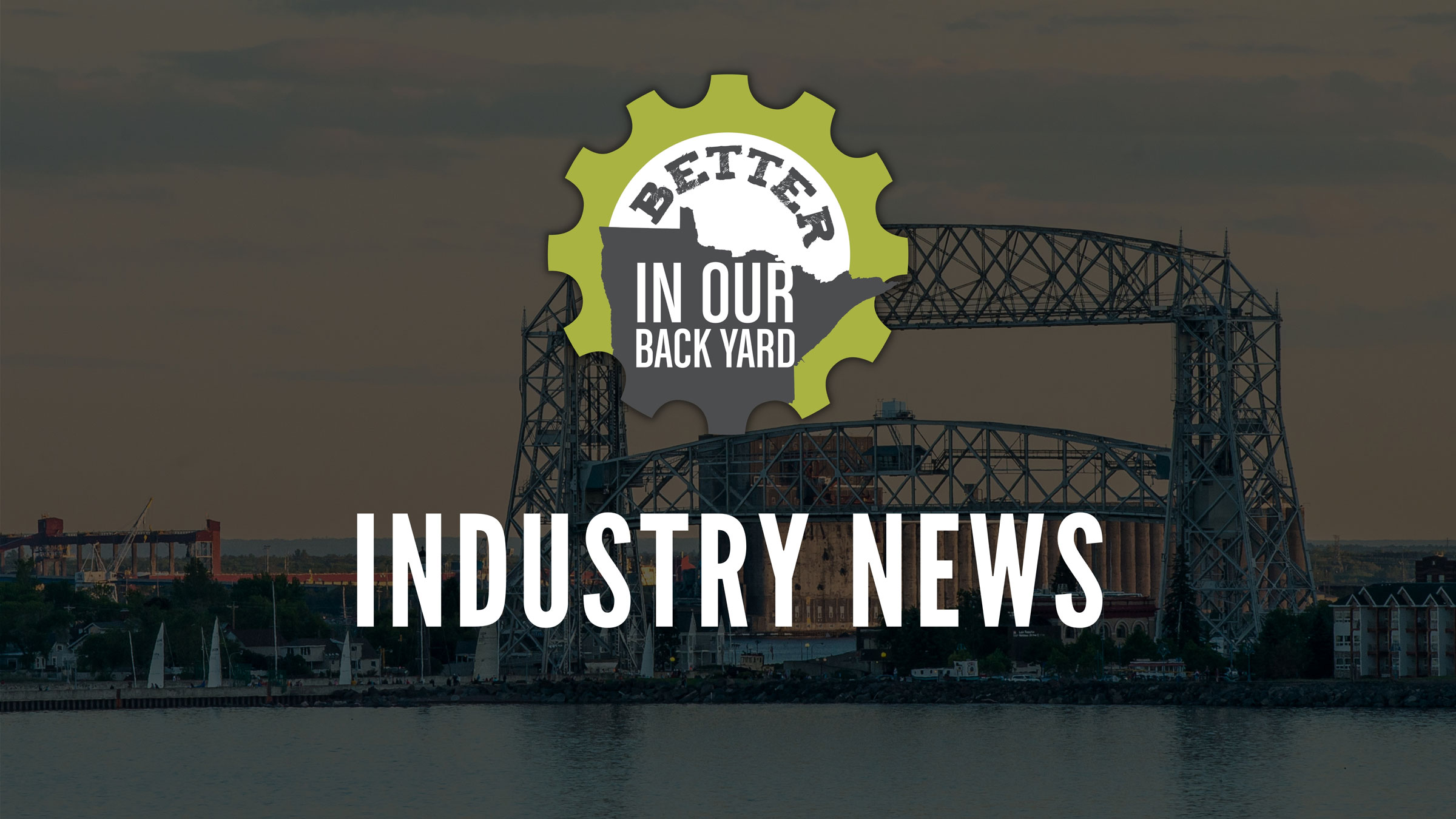 Duluth, Minnesota — Better In Our Back Yard is pleased to announce the addition of Ryan Sistad as Outreach Coordinator for the organization. In this role, Ryan connects with public officials, business leaders and the greater community to share Better In Our Back Yard’s positive, pro-industry message. Minnesota’s strict regulations, strong workforce and long history of responsible industry mean we can maintain a strong industrial economy and a healthy environment. We can do it here – better – in our back yard.
Duluth, Minnesota — Better In Our Back Yard is pleased to announce the addition of Ryan Sistad as Outreach Coordinator for the organization. In this role, Ryan connects with public officials, business leaders and the greater community to share Better In Our Back Yard’s positive, pro-industry message. Minnesota’s strict regulations, strong workforce and long history of responsible industry mean we can maintain a strong industrial economy and a healthy environment. We can do it here – better – in our back yard.
“We are very excited to have Ryan’s expertise and energy on our team,” said Kurt Doran, Better In Our Back Yard Chair. “His strong background in project management, public outreach and team collaboration, an in-depth knowledge of our region’s industries, and strong alignment with Better In Our Back Yard’s message have already helped us increase our coverage and impact.”
During his first few months in this role, Ryan has shared the organization’s message through networking events, a panel discussion and other community involvement. As a northern Minnesota native, Ryan is deeply connected to the region, and after running for Duluth City Council in 2017, Ryan is well versed in the delicate balance that exists between industry and the environment. Ryan studied business management at the University of North Dakota and understands the value of hard work. He spent his early career in various warehouse and construction laborer positions while in school, where he gained experience in teamwork, collaboration and project coordination.
Prior to his role with Better In Our Back Yard, Ryan spent several years at Parson’s Electric of Duluth, beginning as a Project Coordinator, and later transitioning to Associate Project Manager, first in Duluth and then in Oklahoma. Ryan’s experience in managing and coordinating projects will be very valuable to expanding the reach of Better In Our Back Yard.
Better In Our Back Yard was established in 2016 as a grassroots organization in northern Minnesota made up of professionals who believe it is their responsibility to educate the public on the benefits of maintaining a strong industrial sector in our region. Better In Our Back Yard shares the belief that mining and manufacturing are better here, in our back yard. The organization is very excited to add Ryan to the team. His efforts will continue the momentum established over the past two years, educating our region about the importance of mining and industry as a whole — for our economy, our communities and our families.
